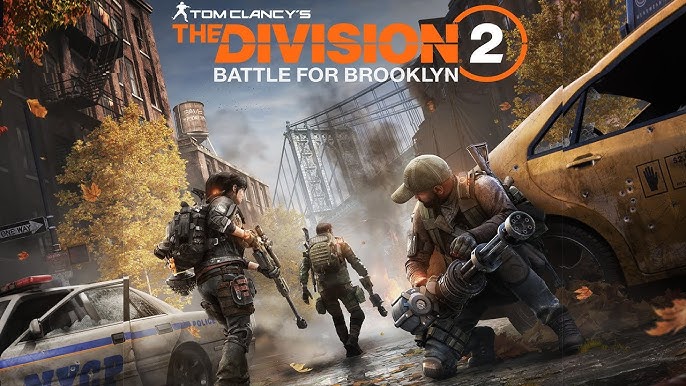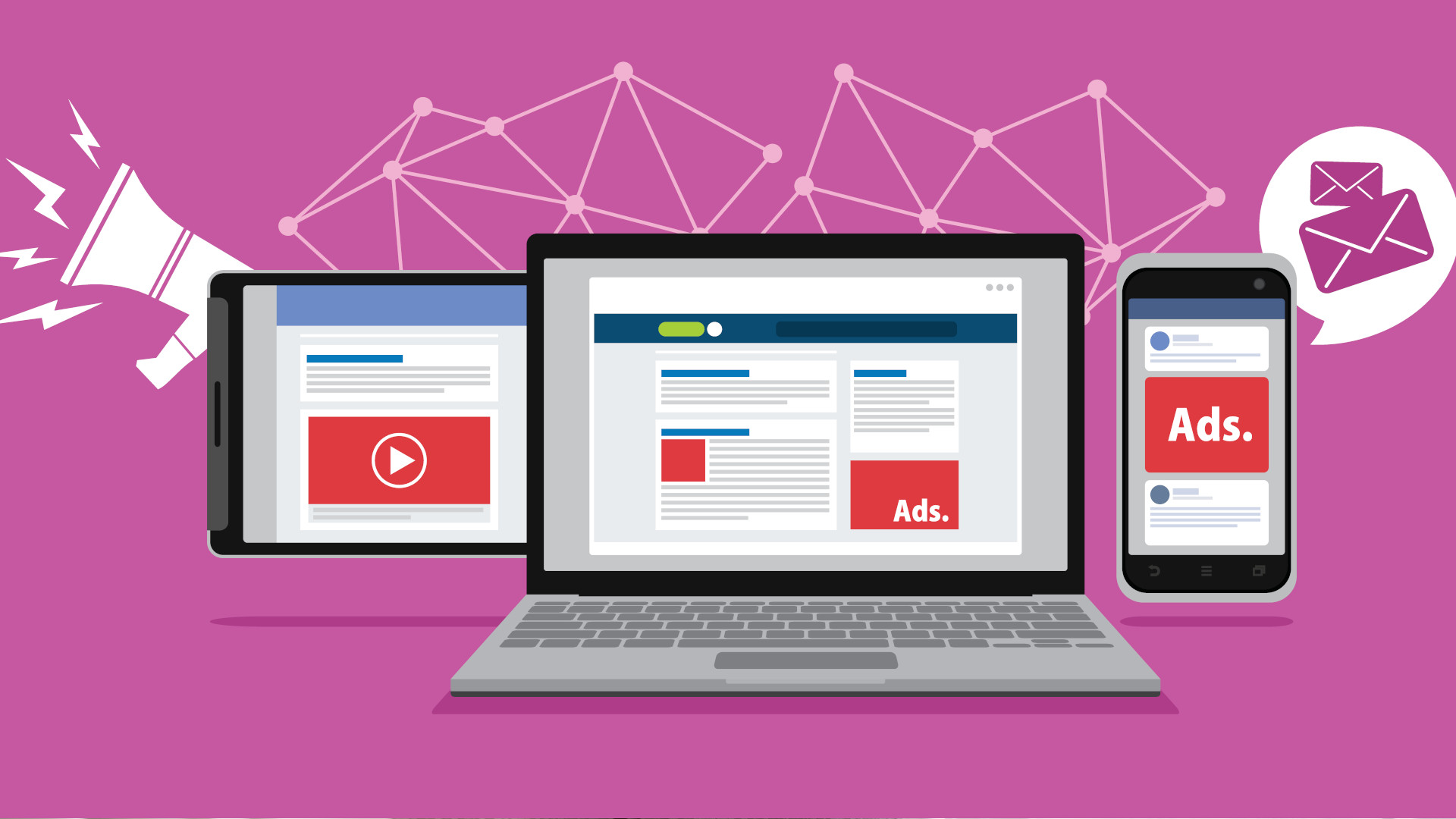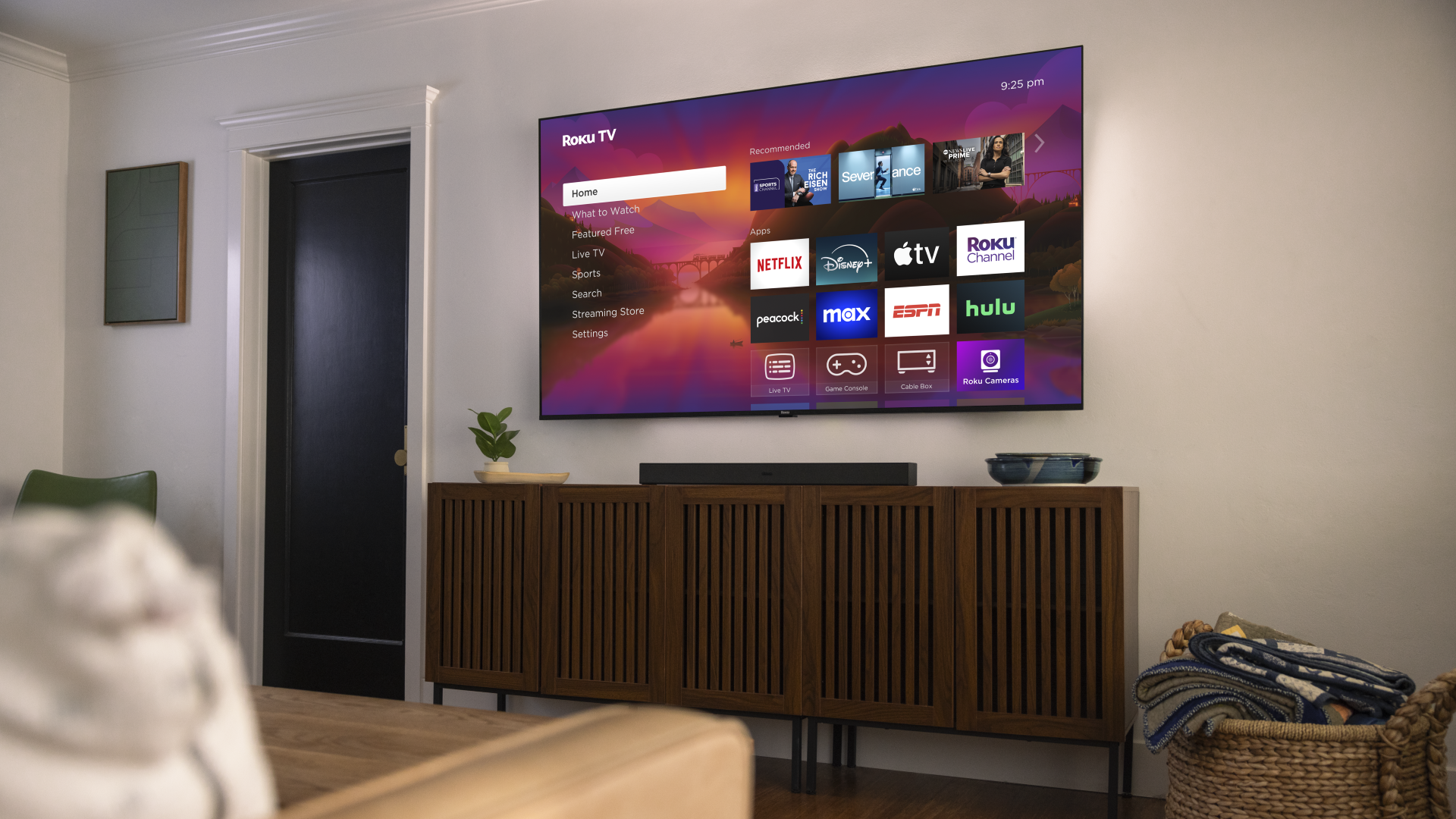Microsoft 365 Copilot redesigned with new search, image, and notebook features

is a senior editor and author of Notepad , who has been covering all things Microsoft, PC, and tech for over 20 years. Microsoft is launching a newly designed version of its Microsoft 365 Copilot app today. The app, which is used by businesses as a hub for Office documents and now Microsoft’s AI tools, is moving a little closer to the regular Copilot consumer features with updated AI-powered search, a new Create feature for generating images using OpenAI’s GPT‑4o model, and Notebooks that operate like miniature AI projects. While Microsoft 365 Copilot won’t have the slick-looking home interface found on the consumer version, it now defaults to the chat interface, which is starting to look similar between both versions. The chat interface now has memory and personalization, much like the consumer version of Copilot, so that it starts to build up an understanding of your work and preferences to respond accordingly. The new Microsoft 365 Copilot interface now starts with chat first. Image: Microsoft “We re-built the app, Microsoft 365 Copilot, from the ground up,” explains Jon Friedman, corporate vice president of design and research at Microsoft, in an interview with The Verge. “We’re setting the stage for the next wave of computing, and that stage is this idea that Microsoft 365 Copilot will begin to truly understand you through its memory, its understanding, and that it will start to bring you the right tools that you need.” Those tools include a new AI-powered enterprise search that can access third-party apps like ServiceNow, Google Drive, Slack, Confluence, and Jira to give businesses more relevant search results even if they don’t use everything Microsoft has to offer. The Microsoft 365 Copilot app shares the same styling as the consumer version now, and the Pages feature, which first debuted in the consumer app, is also available to businesses. Pages is a powerful way to work collaboratively with AI agents, as you can share Pages with colleagues and they can work on them as if they’re a co-edited Word document. “We took the same model as Loop has, it works in Outlook, in Teams, and everywhere in the ecosystem,” says Friedman. The new Notebooks feature lets you focus Copilot on individual projects. Image: Microsoft Microsoft has also added Notebooks to Microsoft 365 Copilot. “Notebooks are project-based notebooks that allow you to organize information around a set of data in the Office Graph,” explains Friedman. Think of Notebooks as a collection of pages, links, and files that you can share with Copilot so it’s focused directly on answering questions about a specific project. There’s also a new Copilot Create section of the app, which is essentially the evolution of Microsoft’s Designer product which lets you generate images, videos, surveys, and other content for Office documents. It utilizes OpenAI’s GPT‑4o model, so if you really want AI-generated Ghibli art in your PowerPoint presentation then that’s now possible. The Create section lets you generate images using OpenAI’s latest GPT‑4o model. Image: Microsoft At the heart of this updated app is a new agent store, where you can easily access AI agents from Microsoft or third parties. The researcher and analyst agents will be part of this store, and any AI agents will be immediately available from the left pane. “We’re trying to optimize the entire left pane for content, rather than applications,” explains Friedman. The consumer and commercial Copilot apps are still not all that similar yet, but I get the impression from Friedman that there needs to be some separation between the two. “In consumer you earn the right to go pretty far and be really personal, at work with all of the professionalism that exists there’s a healthy tension,” says Friedman. “In my mind Copilot can be one branded experience, and it goes from warm and personal to performant and professional, and that’s what we’ve been working on together.” Microsoft lays out its vision of a new Frontier Firm that puts AI first. Image: Microsoft Microsoft is also launching this refreshed Copilot for businesses at the same time it reveals its annual work trend index, that’s based on a survey of businesses, Microsoft 365 telemetry, and LinkedIn hiring and labor trends. Microsoft believes its data shows that there’s a new kind of organization emerging, what it calls the “Frontier Firm” that is built around AI tools and and humans becoming the bosses of AI agents. “As agents increasingly join the workforce, we’ll see the rise of the agent boss: someone who builds, delegates to, and manages agents to amplify their impact and take control of their career in the age of AI,“ says Jared Spataro, chief marketing office of AI at work at Microsoft. ”From the boardroom to the frontline, every worker will need to think like the CEO of an agent-powered startup.“ An “agent boss” certainly sounds like the latest version of an AI prompt engineer, but Microsoft also warns that businesses will have to look at how many AI agents are needed and “how many humans are needed to guide them.” Microsoft has been pitching AI agents as a way to automate tasks, but as these get increasingly more complex and capable, how long until we see the rise of even more intelligent agents that don’t need humans to boss them around?


















